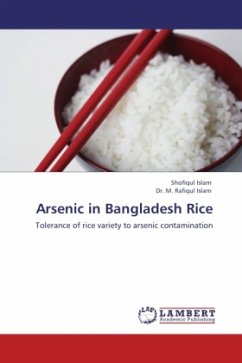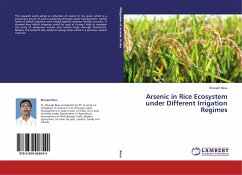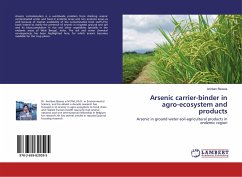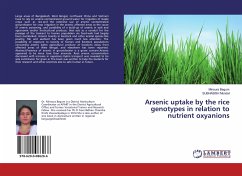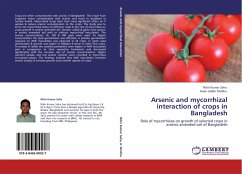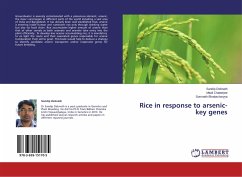In Bangladesh, well water is high in arsenic and is used both for irrigating elds and drinking. Uptake of arsenic by rice plants could be sti ing crucial micronutrients such as selenium in rice grains. This is bad news for people in Asia, whose diet is primarily rice, because selenium helps cleanse toxic arsenic from the body. Exposure to arsenic, a class 1 carcinogen for which there is no safe dose, affects hundreds of millions of people worldwide. Chronic exposure leads to diseases such as skin and bladder cancer. Although most research has focused on naturally occurring arsenic in well water, new studies hint that food could be a signi cant source of arsenic. The arsenic composition of rice typically ranges from 100 to 500 micrograms per kilogram (µg/kg), and many people in Asia eat at least 200 g/day of rice. Therefore, the levels in rice commonly lead to arsenic exposures at or above the WHO limit.

